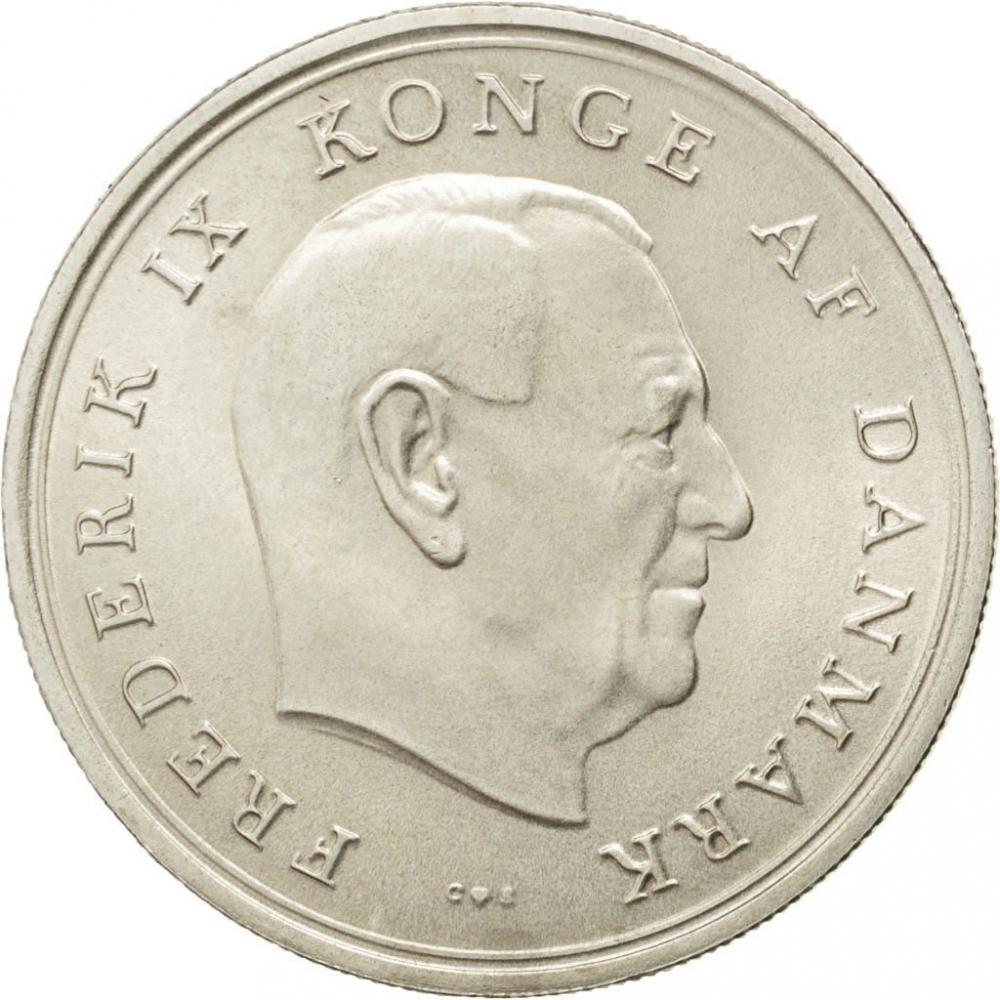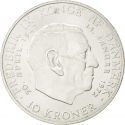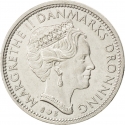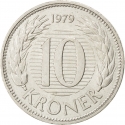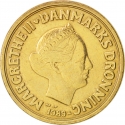You are about to finish your registration. Please check your mailbox (including spam folder). There should be a letter with a confirmation link. Check setting to make sure that your e-mail address is correct.
Send letter againDescription
Frederick IX (1899–1972) was King of Denmark from 1947 to 1972. Born into the House of Glücksburg, Frederick was the eldest son of King Christian X and Queen Alexandrine of Denmark. During Nazi Germany's occupation of Denmark, Frederick acted as regent on behalf of his father from 1942 until 1943. In 1935, he was married to Princess Ingrid of Sweden and they had three daughters, Margrethe, Benedikte and Anne-Marie. Frederick became king on his father's death in early 1947. During Frederick IX's reign, Danish society shook off the restrictions of an agrarian society, developed a welfare state and, as a consequence of the booming economy of the 1960s, women entered the labour market. Denmark modernized, bringing new demands on the monarchy and Frederick's role as a constitutional monarch.
Margrethe II (born 16 April 1940) is the Queen of Denmark. She is also the supreme authority of the Church of Denmark and Commander-in-Chief of the Danish Defence. She succeeded her father upon his death on 14 January 1972, having had become heir presumptive to her father in 1953, when a constitutional amendment allowed women to inherit the throne. On her accession, Margrethe became the first female monarch of Denmark since Margaret I, ruler of the Scandinavian kingdoms in 1375–1412 during the Kalmar Union. In 1967, she married Henri de Laborde de Monpezat, with whom she has two sons: Crown Prince Frederik (born 1968) and Prince Joachim (born 1969). She has been on the Danish throne for 45 years, becoming the second-longest-reigning Danish monarch after her ancestor Christian IV.
Obverse

|
Head of Frederick IX with titles right, mint mark and initials C-S below. FREDERIK IX KONGE AF DANMARK |
|---|---|
Reverse

|
Conjoined heads of Princess Margrethe and a French diplomat, Count Henri de Laborde de Monpezat, facing right, value below. PRINSESSE MARGRETHE · PRINS HENRIK · 10 JUNI 1967 |
| Edge |
10 Kroner
Wedding of Princess Margrethe and Count Henri de Laborde de Monpezat
KM# 856
Wedding of Princess Margrethe and Count Henri de Laborde de Monpezat
